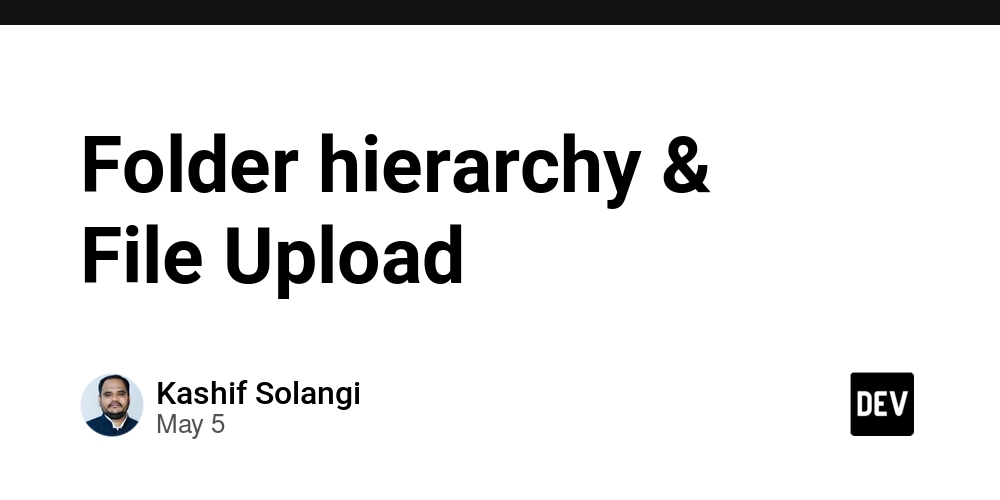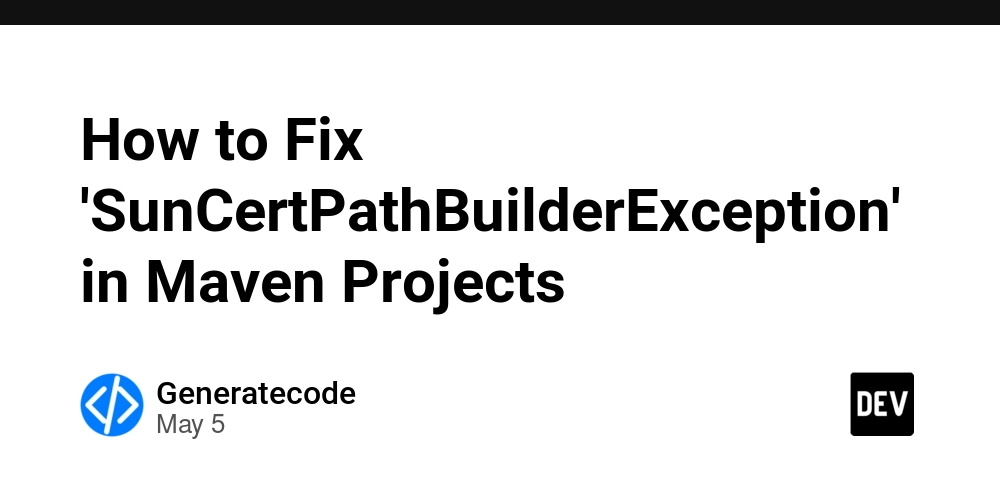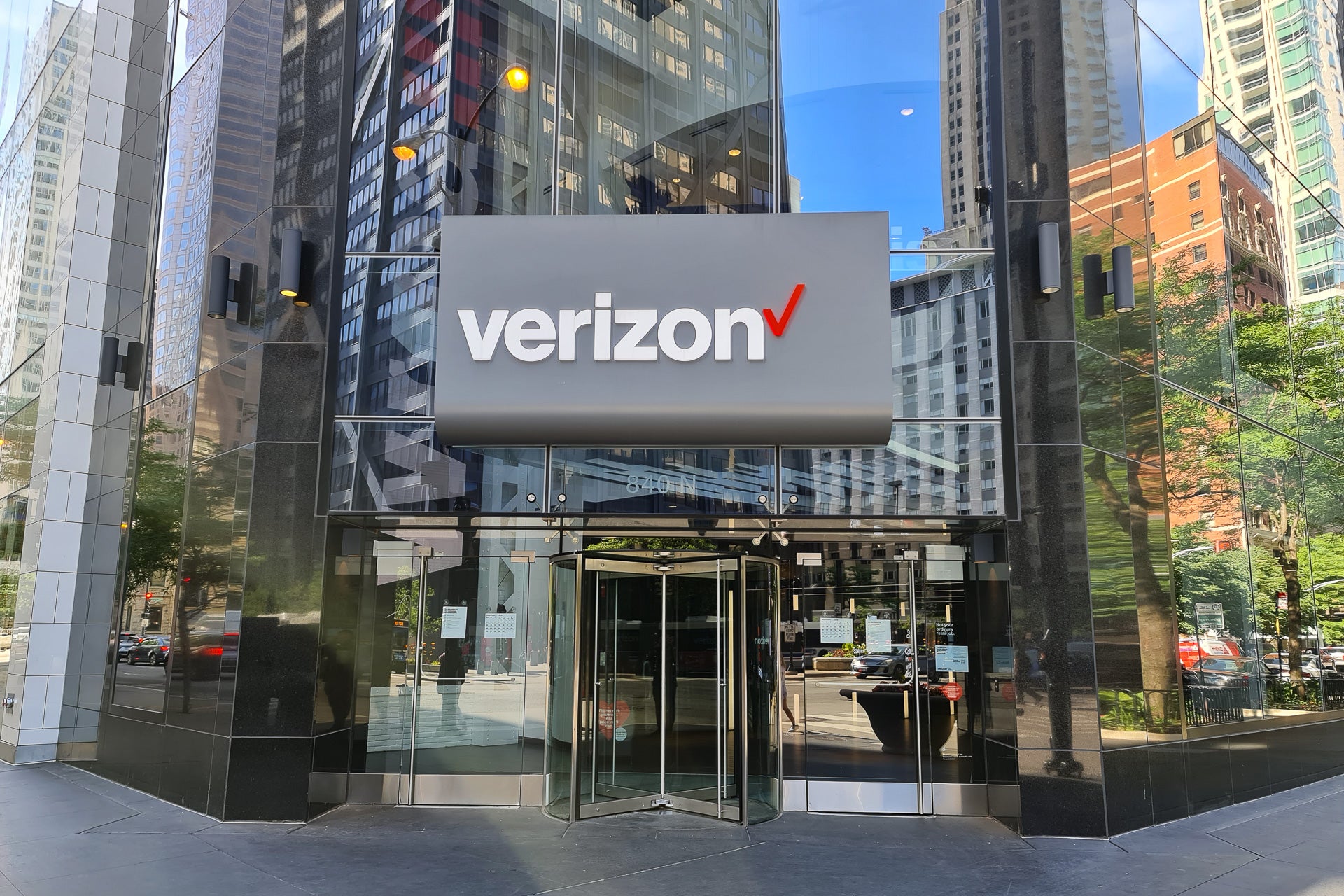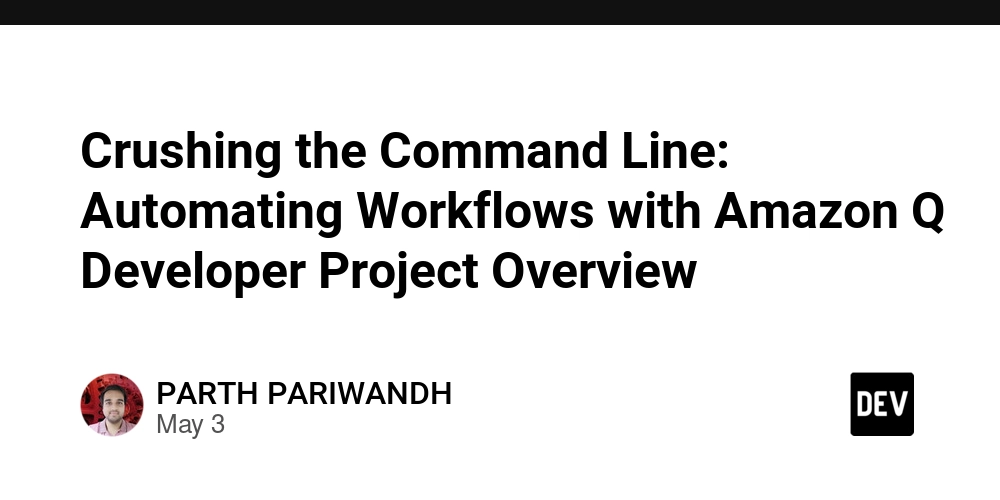Fragment Telegram: Security, Use Cases, and the Blockchain Connection
Abstract This post dives deep into Fragment Telegram, a cutting‐edge messaging extension blending secure communication, blockchain integration, and open‐source innovation. We explore its historical context, advanced encryption protocols, bot API frameworks, and its role in decentralizing digital interactions—from NFT trading to DeFi applications. Using clear language, tables, and bullet lists, this article serves as an accessible guide for technical experts and everyday users alike. For further context, we reference related resources such as Firefox Data Sharing & Privacy and What is Blockchain. Introduction In today’s digital era, secure messaging and data privacy are more important than ever. Fragment Telegram is transforming the way we interact by combining conventional messaging with blockchain-backed security measures. This post examines Fragment Telegram’s evolution, its core security features, integration with decentralized applications, and potential future innovations. Keywords such as Fragment Telegram, blockchain integration, secure messaging, bot API, and open-source have been carefully woven throughout to guide both readers and search engines. Background and Context Fragment Telegram emerged as an innovative feature within the popular Telegram platform. Originally designed by the Durov brothers with an emphasis on speed and security, Telegram uses the MTProto encryption protocol in its core messaging functionalities. Fragment, a sophisticated extension of Telegram, further enhances user engagement by integrating third-party bots and open-source collaboration. Historically, Telegram built its reputation by offering secure communication channels amid rising cyber threats and privacy breaches. With Fragment, Telegram expanded its capabilities to include: Advanced encryption protocols Granular permission-based bot interactions Integration with blockchain technology for immutable record keeping As blockchain technology gained momentum in decentralization and security, Fragment Telegram caught the attention of developers and privacy enthusiasts alike. This integrated approach also supports decentralized applications—including NFT platforms and DeFi solutions—bridging traditional messaging systems with next-generation technologies. For more information on blockchain fundamentals and open-source guidelines, check out Copyleft Licenses Ultimate Guide and What is Fragment Telegram. Core Concepts and Features Encryption and Security Protocols Security lies at the heart of Fragment Telegram. Leveraging the MTProto encryption protocol, Fragment ensures that both traditional messages and bot interactions are protected. Key security features include: End-to-End Encryption: Guarantees that only the intended sender and receiver can access the message content. Two-Factor Authentication: Reinforces account security by requiring additional verification. Consent-Based Permission Controls: Ensures that bots only access data when users explicitly grant permission. Cloud-Based Storage with Strong Encryption: While messages are stored in the cloud, robust encryption measures guard against unauthorized access. Bot Integration and API Frameworks Fragment Telegram is celebrated for its advanced bot API. Developers can build bots that deliver real-time data, automate tasks, and interact seamlessly with decentralized applications. The bot integration framework involves: Granular Permission Control: Users have complete control over data shared with third-party bots. API Flexibility: Supports integration with blockchain protocols, enabling real-time NFT notifications and DeFi operations. User-Centric Design: Maintains a consistent and safe user experience while interacting with automated services. Open-Source Advantage Transparency is a core tenet of Fragment Telegram. By partially open-sourcing its code, Telegram invites independent audits and community-driven improvements. This process not only bolsters security but also promotes: Collaboration: Multiple developers contribute to enhancements and security patches. Accountability: Open-source development models provide greater transparency and adaptability. Compliance: Adherence to well-established open-source licenses encourages widespread trust in the digital ecosystem. Comparison Table: Telegram vs. Fragment Telegram Security Features Feature Standard Telegram Fragment Telegram Encryption End-to-end (Secret Chats) MTProto-based encryption for bot interactions Data Storage Cloud-based (with robust encryption) Minimal data sharing with explicit user permission Bot Integration Basic bot functionalities Advanced API with granular permission settings User Authentication Two-Factor Authentication Enhanced authentication with session audits Open-Source Transparency Partially open source Community audits and collaborative code contributions

Abstract
This post dives deep into Fragment Telegram, a cutting‐edge messaging extension blending secure communication, blockchain integration, and open‐source innovation. We explore its historical context, advanced encryption protocols, bot API frameworks, and its role in decentralizing digital interactions—from NFT trading to DeFi applications. Using clear language, tables, and bullet lists, this article serves as an accessible guide for technical experts and everyday users alike. For further context, we reference related resources such as Firefox Data Sharing & Privacy and What is Blockchain.
Introduction
In today’s digital era, secure messaging and data privacy are more important than ever. Fragment Telegram is transforming the way we interact by combining conventional messaging with blockchain-backed security measures. This post examines Fragment Telegram’s evolution, its core security features, integration with decentralized applications, and potential future innovations. Keywords such as Fragment Telegram, blockchain integration, secure messaging, bot API, and open-source have been carefully woven throughout to guide both readers and search engines.
Background and Context
Fragment Telegram emerged as an innovative feature within the popular Telegram platform. Originally designed by the Durov brothers with an emphasis on speed and security, Telegram uses the MTProto encryption protocol in its core messaging functionalities. Fragment, a sophisticated extension of Telegram, further enhances user engagement by integrating third-party bots and open-source collaboration.
Historically, Telegram built its reputation by offering secure communication channels amid rising cyber threats and privacy breaches. With Fragment, Telegram expanded its capabilities to include:
- Advanced encryption protocols
- Granular permission-based bot interactions
- Integration with blockchain technology for immutable record keeping
As blockchain technology gained momentum in decentralization and security, Fragment Telegram caught the attention of developers and privacy enthusiasts alike. This integrated approach also supports decentralized applications—including NFT platforms and DeFi solutions—bridging traditional messaging systems with next-generation technologies.
For more information on blockchain fundamentals and open-source guidelines, check out Copyleft Licenses Ultimate Guide and What is Fragment Telegram.
Core Concepts and Features
Encryption and Security Protocols
Security lies at the heart of Fragment Telegram. Leveraging the MTProto encryption protocol, Fragment ensures that both traditional messages and bot interactions are protected. Key security features include:
- End-to-End Encryption: Guarantees that only the intended sender and receiver can access the message content.
- Two-Factor Authentication: Reinforces account security by requiring additional verification.
- Consent-Based Permission Controls: Ensures that bots only access data when users explicitly grant permission.
- Cloud-Based Storage with Strong Encryption: While messages are stored in the cloud, robust encryption measures guard against unauthorized access.
Bot Integration and API Frameworks
Fragment Telegram is celebrated for its advanced bot API. Developers can build bots that deliver real-time data, automate tasks, and interact seamlessly with decentralized applications. The bot integration framework involves:
- Granular Permission Control: Users have complete control over data shared with third-party bots.
- API Flexibility: Supports integration with blockchain protocols, enabling real-time NFT notifications and DeFi operations.
- User-Centric Design: Maintains a consistent and safe user experience while interacting with automated services.
Open-Source Advantage
Transparency is a core tenet of Fragment Telegram. By partially open-sourcing its code, Telegram invites independent audits and community-driven improvements. This process not only bolsters security but also promotes:
- Collaboration: Multiple developers contribute to enhancements and security patches.
- Accountability: Open-source development models provide greater transparency and adaptability.
- Compliance: Adherence to well-established open-source licenses encourages widespread trust in the digital ecosystem.
Comparison Table: Telegram vs. Fragment Telegram Security Features
| Feature | Standard Telegram | Fragment Telegram |
|---|---|---|
| Encryption | End-to-end (Secret Chats) | MTProto-based encryption for bot interactions |
| Data Storage | Cloud-based (with robust encryption) | Minimal data sharing with explicit user permission |
| Bot Integration | Basic bot functionalities | Advanced API with granular permission settings |
| User Authentication | Two-Factor Authentication | Enhanced authentication with session audits |
| Open-Source Transparency | Partially open source | Community audits and collaborative code contributions |
Bullet List: Key Components of Fragment Telegram
- Robust encryption using MTProto
- User-managed data sharing and permission controls
- Advanced API frameworks for bot and blockchain integration
- Dynamic authentication mechanisms including two-factor authentication
- Open-source transparency for improved security audits
Applications and Use Cases
Fragment Telegram’s secure messaging has opened the door to several practical applications. Here are three illustrative examples:
Use Case 1: Secure NFT Trading Platforms
NFTs are rapidly transforming the digital art world. Fragment Telegram enables:
- Real-Time Communication: Secure channels allow buyers, sellers, and creators to negotiate without risk.
- Automated Transactional Notifications: Bots send instant alerts for NFT listings, sales, and trades.
- Blockchain Authentication: Every transaction can be validated through blockchain, ensuring the authenticity of the NFT.
Example Implementation:
A startup launching an NFT marketplace integrates Fragment Telegram bots. These bots authenticate transactions by communicating with blockchain smart contracts, confirming sales, and issuing tokenized receipts. This application not only secures digital asset transfers but also enhances user trust with blockchain transparency. Explore more on What is Blockchain.
Use Case 2: Decentralized Finance (DeFi)
DeFi applications demand highly secure communication channels due to the sensitivity of financial data. Fragment Telegram is used to:
- Support Secure Fund Transfers: Messages related to financial transactions are encrypted end-to-end.
- Execute Automated Contracts: Bots trigger smart contract actions based on pre-set financial thresholds.
- Maintain Audit Trails: Immutable logs allow for complete traceability and transparency in financial transactions.
Example Implementation:
A decentralized lending platform employs Fragment Telegram. The platform uses secure chat channels for negotiating loan terms, while real-time updates on collateral values are broadcast via bots. Smart contracts automatically execute lending agreements and liquidation protocols when necessary, ensuring that the entire process is secure, trustless, and fully traceable.
Use Case 3: Open-Source Collaboration and Developer Sponsorship
Fragment Telegram has proven to be not just a messaging tool but also a dynamic collaboration platform for developers:
- Real-Time Feedback and Communication: Developers discuss enhancements, security patch releases, and project updates.
- Sponsorship Alerts: Bots notify contributors about funding and collaborative opportunities, increasing transparency in open-source funding.
- Decentralized Governance: Open-source projects leverage Fragment Telegram for community voting and decision-making, ensuring democratic and secure governance.
Example Implementation:
An open-source blockchain security project uses Fragment Telegram to communicate with its global community. By integrating automated bots, the project can update team members on pull requests, security patches, and sponsorship funds. This blend of transparent communication and blockchain-backed record keeping creates a secure and efficient collaborative environment.
Challenges and Limitations
Despite its many benefits, Fragment Telegram is not without its challenges. Understanding these limitations is vital for both developers and users.
Security Vulnerabilities with Third-Party Integrations
- Risk of Malicious Bots: Third-party bots might exploit vulnerabilities despite user consent protocols.
- Human Error: Mistakes in permission settings or security practices can lead to data exposure.
- Mitigation: Regular security audits and strict permission policies are essential to minimize risk.
Data Interception and Zero-Day Exploits
- Potential for Data Interception: Even with robust encryption, sophisticated attackers might seek vulnerabilities.
- Zero-Day Exploits: Unpatched vulnerabilities may be exploited before developers can implement fixes.
- Mitigation: Continuous software updates and proactive monitoring of threat landscapes are required.
Scalability and System Integration Challenges
- Interoperability Issues: Integrating Fragment with multiple blockchain platforms can be technically demanding.
- Network Load: Increased usage might cause delays or congestion if system updates are not scaled effectively.
- Mitigation: Modular API design and load balancing techniques can help manage scalability concerns.
Regulatory and Legal Concerns
- Data Privacy Laws: Compliance with regulations like GDPR is mandatory for handling user data.
- Intellectual Property Issues: Open-source licensing must be carefully managed to avoid infringement.
- Mitigation: Regular legal reviews and adherence to best practices in licensing are critical for maintaining compliance.
Future Outlook and Innovations
Fragment Telegram is set to evolve further, especially as blockchain technology and digital communications continue to mature. Some anticipated innovations include:
Enhanced Blockchain Integration
- Smart Contract Automation: Future integrations will allow for more complex interactions, such as automated NFT trades and decentralized finance operations.
- Immutable Audit Trails: Blockchain-based logging will become a standard, ensuring all messages and transactions have verifiable records.
- Decentralized Identity Management: Innovations in blockchain identity verification will further secure messaging platforms.
Improved Bot Ecosystems
- AI-Powered Moderation: Integration with artificial intelligence will enable faster detection of fraudulent activities and phishing attempts.
- Dynamic Bot Permissions: Future developments may allow users to customize bot permissions in real time, enhancing control over digital interactions.
- Interoperability with Multiple Protocols: Enhanced APIs will ensure that bots operate seamlessly across various blockchain platforms.
Advancements in Open-Source Collaboration
- Crowdsourced Security Audits: Funding mechanisms for regular audits will provide continual feedback for developers.
- Decentralized Governance Models: Community-driven governance and tokenized incentives may drive collaboration and innovation.
- Integration with Privacy-First Tools: Collaborations with privacy browsers such as Best Privacy Browsers 2025 will further improve secure interactions.
Table: Future Innovations in Fragment Telegram
| Trend | Expected Impact |
|---|---|
| Smart Contract Automation | Automates complex transactions and enhances process integrity |
| Immutable Audit Trails | Increases transparency and traceability across communications |
| Decentralized Identity | Strengthens user verification and data privacy on messaging platforms |
| AI-Powered Bot Moderation | Detects fraudulent behavior and reduces the risk of attacks |
| Enhanced Open-Source Governance | Boosts community collaboration and innovation through token incentives |
For more insights on future developments, refer to The Future of Fragment Telegram: Anticipated Updates and Innovations in Digital Communication.
Summary
Fragment Telegram is revolutionizing digital interactions by fusing secure messaging with blockchain integration and open-source transparency. With its robust encryption protocols, advanced bot APIs, and collaborative framework, it serves as a transformative bridge between traditional communication and decentralized applications.
Key takeaways include:
- Advanced encryption protocols ensure that all messages and bot interactions remain secure.
- Bot integrations fuel real-time data exchange, automation, and novel applications in NFT trading and DeFi.
- Open-source transparency allows for continuous community-driven improvements.
- Despite challenges like vulnerabilities, scalability issues, and regulatory concerns, the future of Fragment Telegram looks promising thanks to ongoing innovations in blockchain and AI.
As digital communications evolve, Fragment Telegram stands at the forefront by promoting data security, privacy, and transparency. By embracing innovations such as decentralized identity management and AI-powered moderation, platforms like Fragment Telegram will remain pivotal in securing and redefining online interactions.
For further understanding on integrated security solutions, consider exploring resources like What is Blockchain and learning about open-source strategies in Copyleft Licenses Ultimate Guide. Additionally, insights from industry experts on Enhancing Open Source Security with Blockchain Technology: A New Frontier further illuminate the path forward.
By combining robust technology with a transparent open-source spirit, Fragment Telegram not only enhances secure communication but also paves the way for a safer, more innovative digital ecosystem.
For a deeper dive into the technical aspects of this topic and discussions on digital privacy, see related posts on Understanding the Market Dynamics of Fragment Telegram Username: An In-Depth Analysis and Enhancing Open Source Security with Blockchain Technology: A New Frontier.
In conclusion, Fragment Telegram is a groundbreaking convergence of secure messaging, blockchain technology, and open-source innovation. As we look to the future, the continuous improvement in encryption, real-time bot integration, and decentralized governance will significantly reshape how we communicate and transact online. Embracing these innovations will help create a more secure and transparent digital world.




































































































































































![[The AI Show Episode 145]: OpenAI Releases o3 and o4-mini, AI Is Causing “Quiet Layoffs,” Executive Order on Youth AI Education & GPT-4o’s Controversial Update](https://www.marketingaiinstitute.com/hubfs/ep%20145%20cover.png)






























































































































![[DEALS] Microsoft 365: 1-Year Subscription (Family/Up to 6 Users) (23% off) & Other Deals Up To 98% Off – Offers End Soon!](https://www.javacodegeeks.com/wp-content/uploads/2012/12/jcg-logo.jpg)


![From Art School Drop-out to Microsoft Engineer with Shashi Lo [Podcast #170]](https://cdn.hashnode.com/res/hashnode/image/upload/v1746203291209/439bf16b-c820-4fe8-b69e-94d80533b2df.png?#)









































































































(1).jpg?#)
































_Inge_Johnsson-Alamy.jpg?width=1280&auto=webp&quality=80&disable=upscale#)



































































































![The Material 3 Expressive redesign of Google Clock leaks out [Gallery]](https://i0.wp.com/9to5google.com/wp-content/uploads/sites/4/2024/03/Google-Clock-v2.jpg?resize=1200%2C628&quality=82&strip=all&ssl=1)
![What Google Messages features are rolling out [May 2025]](https://i0.wp.com/9to5google.com/wp-content/uploads/sites/4/2023/12/google-messages-name-cover.png?resize=1200%2C628&quality=82&strip=all&ssl=1)














![New Apple iPad mini 7 On Sale for $399! [Lowest Price Ever]](https://www.iclarified.com/images/news/96096/96096/96096-640.jpg)
![Apple to Split iPhone Launches Across Fall and Spring in Major Shakeup [Report]](https://www.iclarified.com/images/news/97211/97211/97211-640.jpg)
![Apple to Move Camera to Top Left, Hide Face ID Under Display in iPhone 18 Pro Redesign [Report]](https://www.iclarified.com/images/news/97212/97212/97212-640.jpg)
![Apple Developing Battery Case for iPhone 17 Air Amid Battery Life Concerns [Report]](https://www.iclarified.com/images/news/97208/97208/97208-640.jpg)
































































































